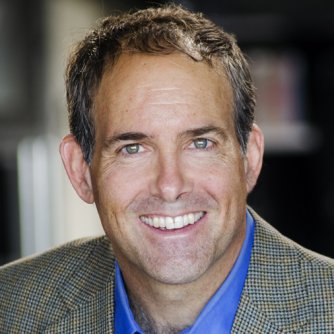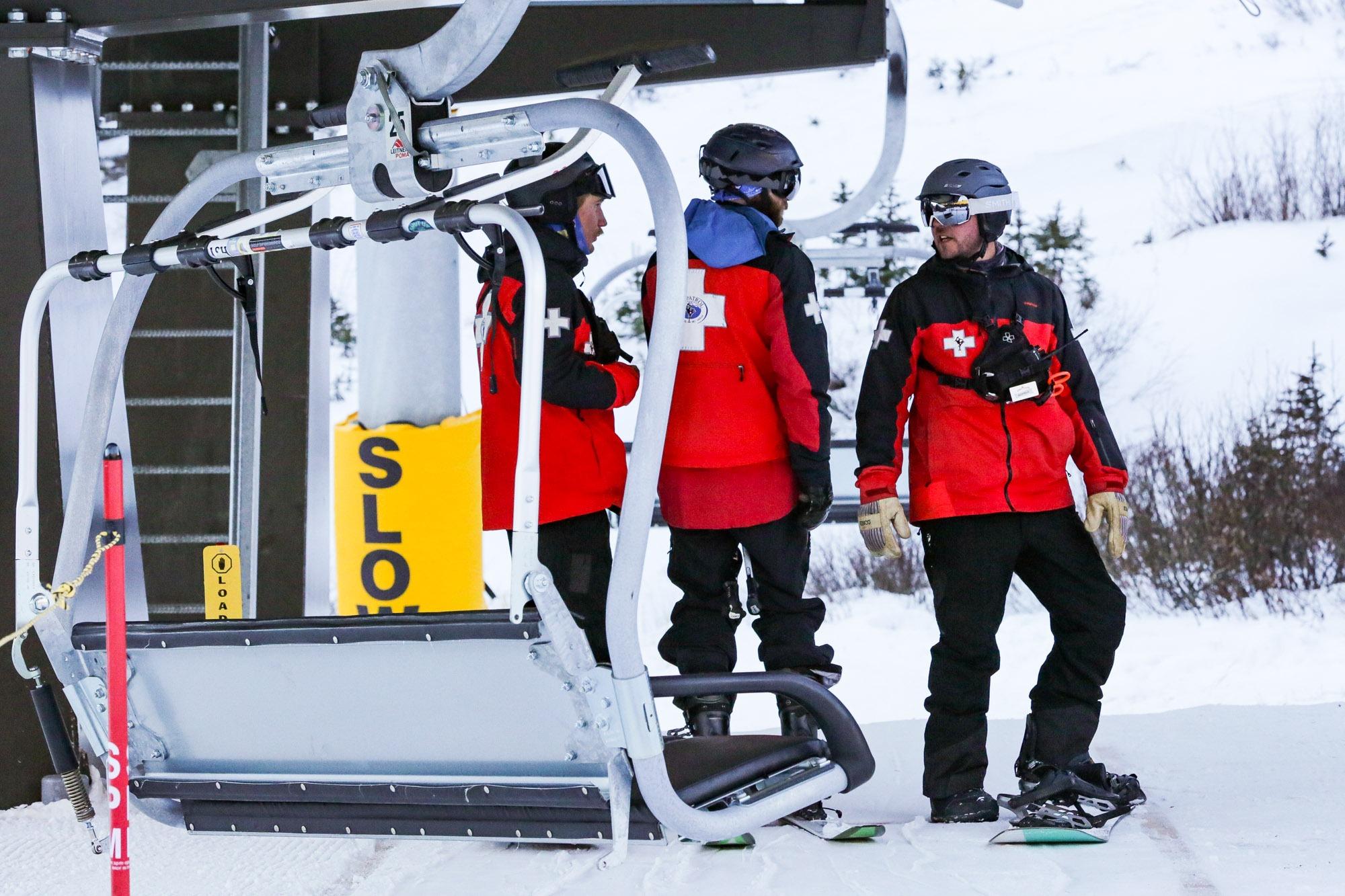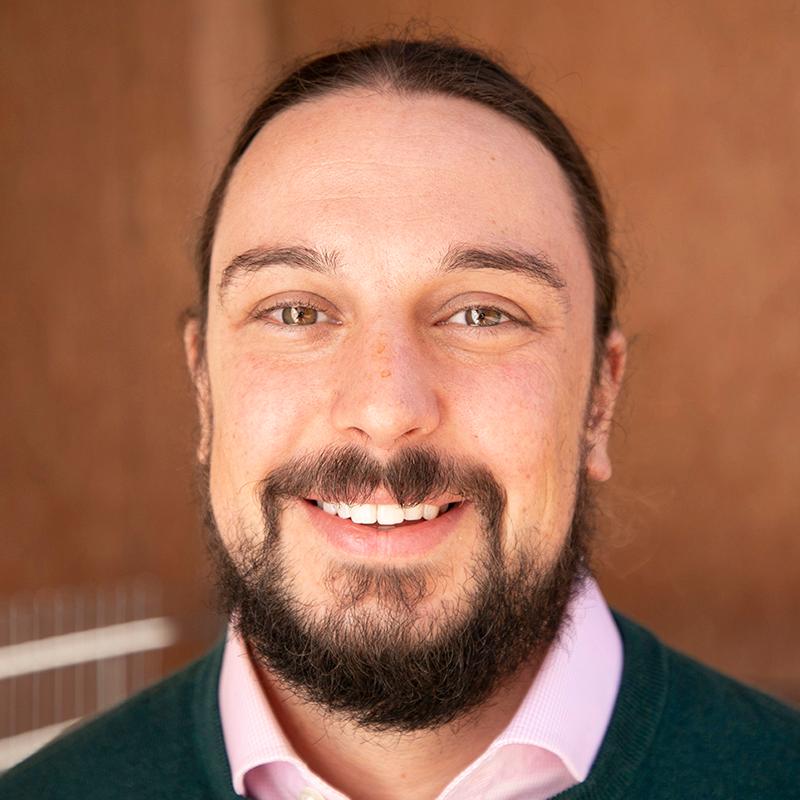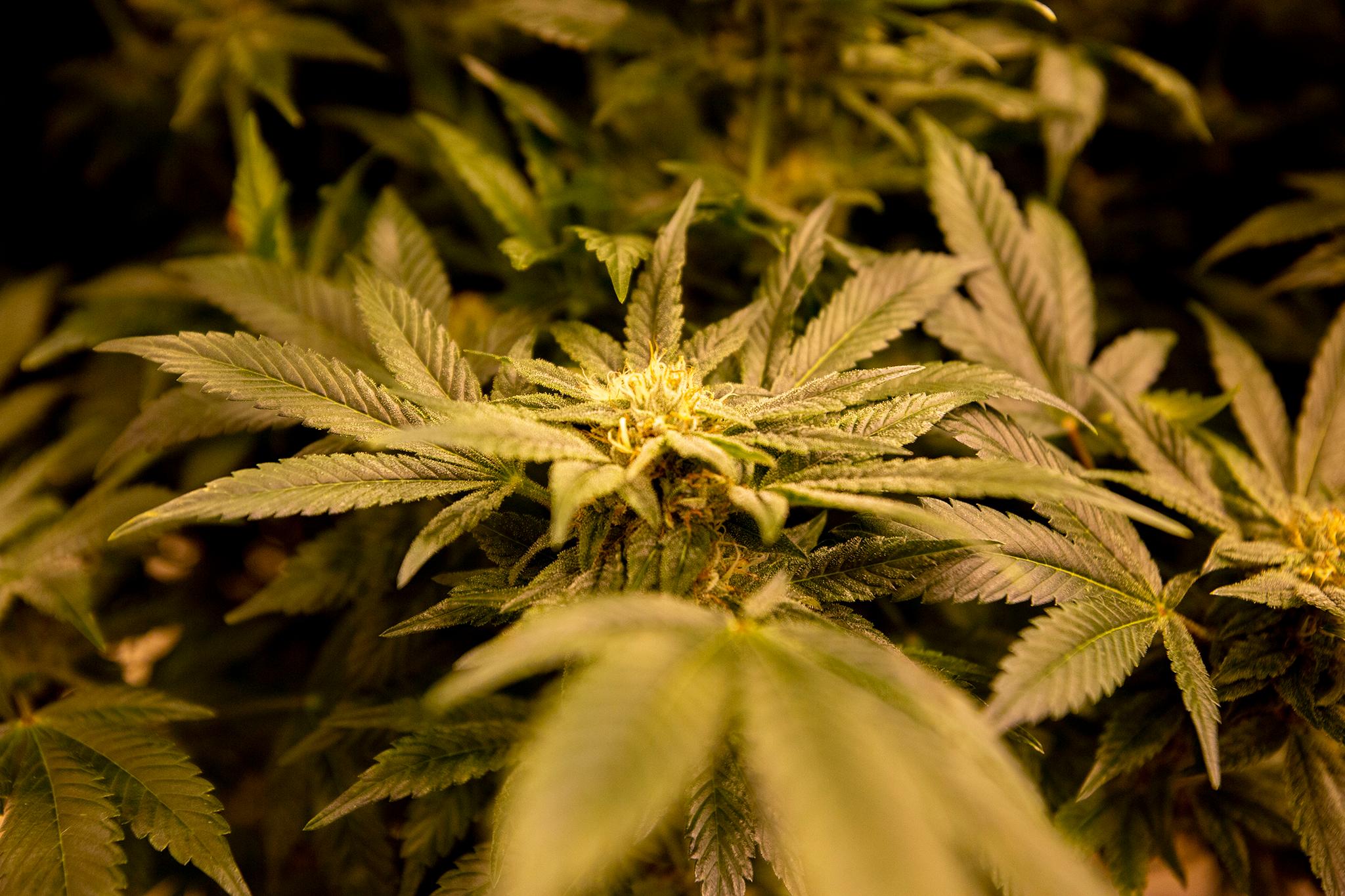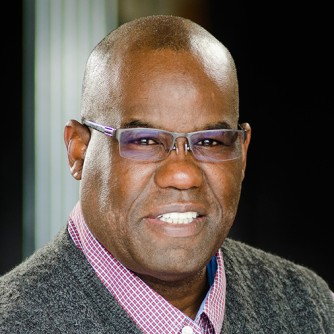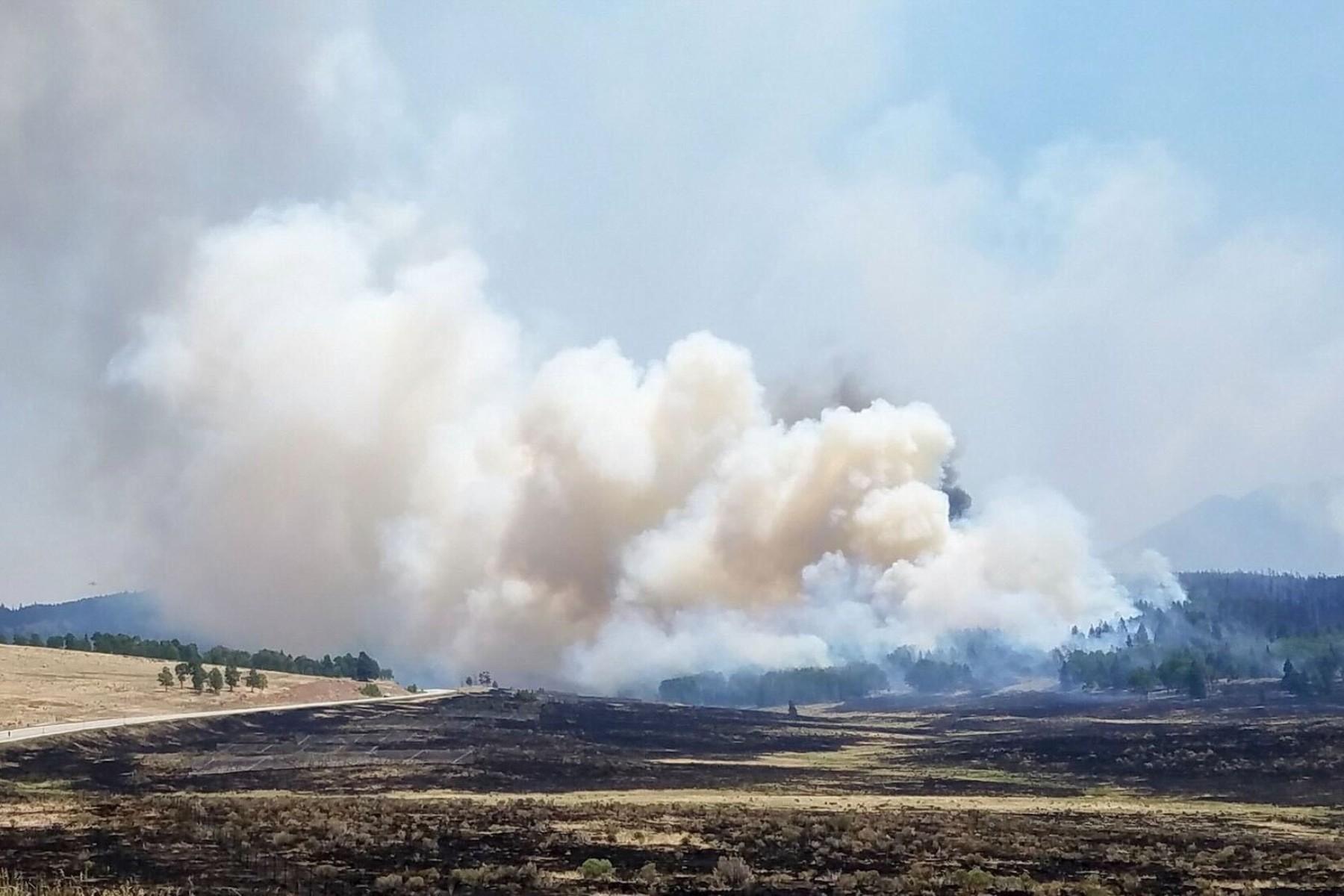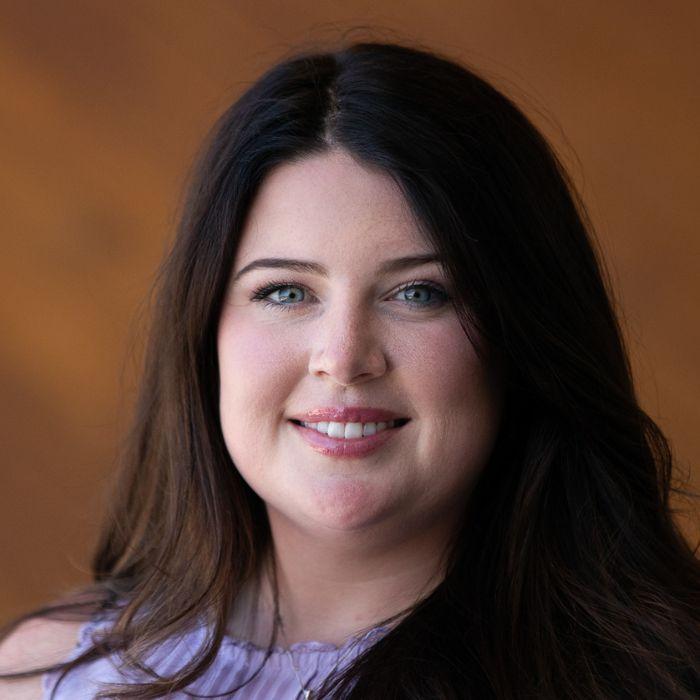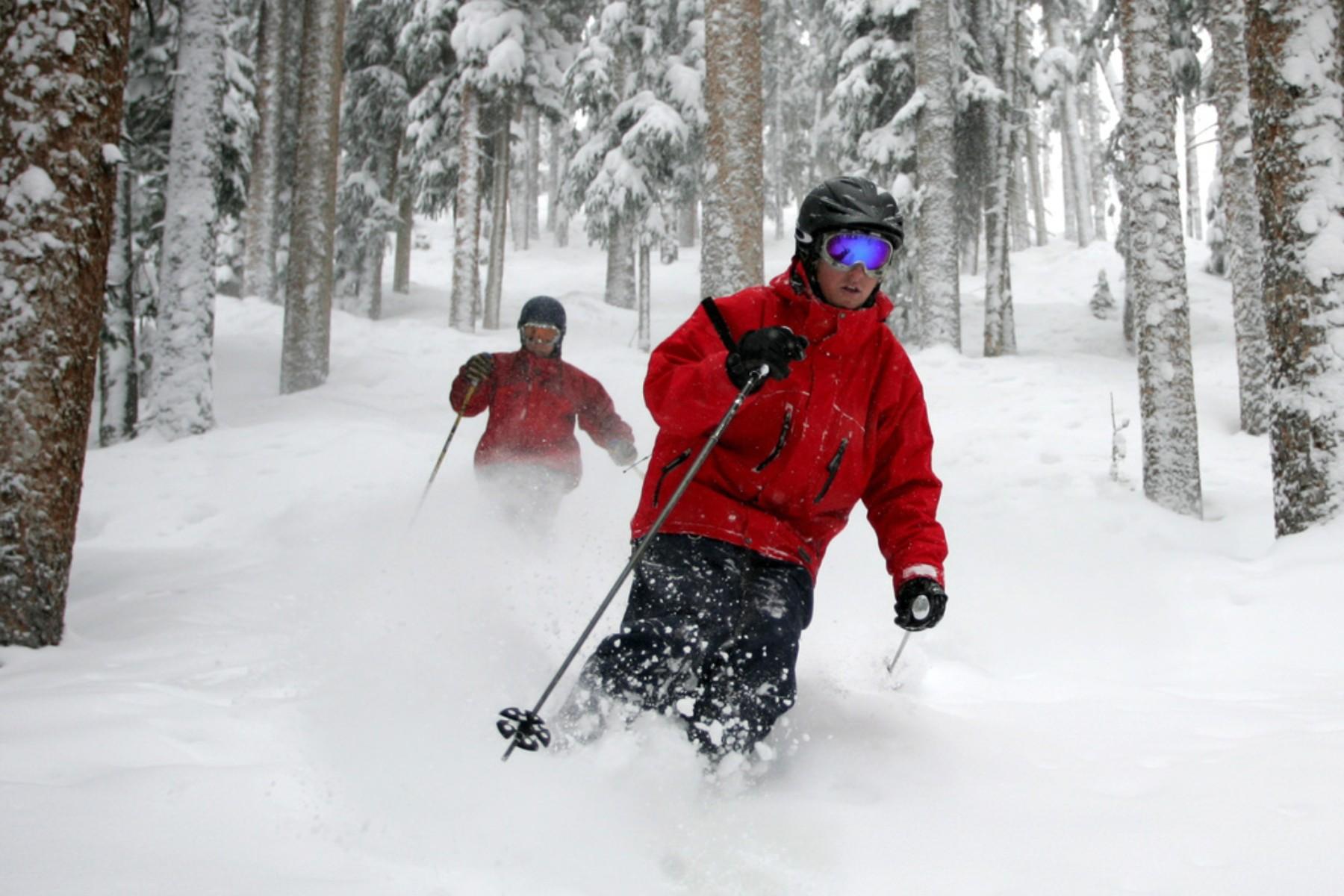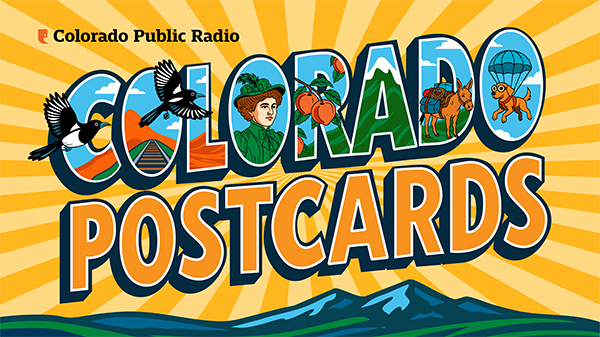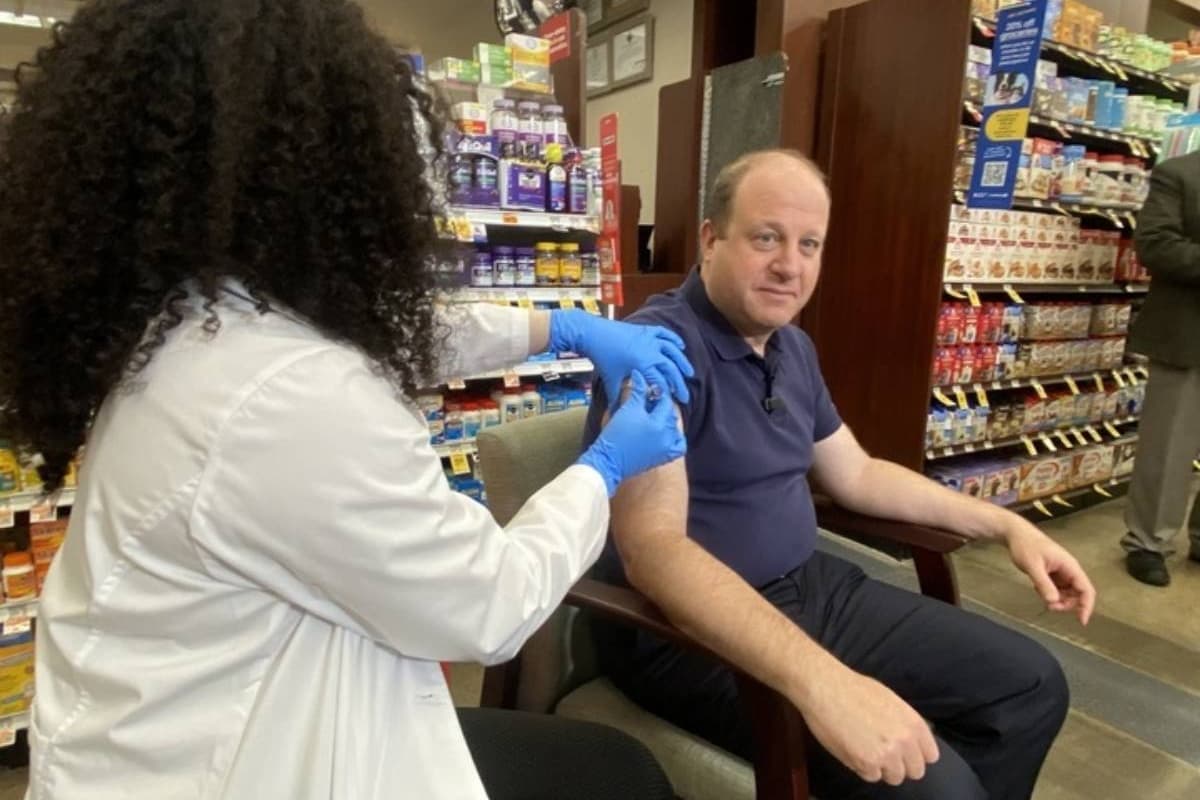
It's a fourteener. But one that no one enjoys.
Instead of a sky-scraping Colorado peak, over 14,000 is the number of Coloradans who have been hospitalized with a viral respiratory disease since Oct. 1, 2024.
That figure includes those admitted with COVID-19 (4,998), influenza (5,478) or RSV (4,134), according to the state health department’s viral respiratory disease dashboard.
In a push to ideally push those numbers down, Gov. Jared Polis got his fall vaccines, one for coronavirus and one for flu, on Wednesday. He did it at a Safeway pharmacy in Denver's Capitol Hill neighborhood, perhaps presciently at the corner of 6th Avenue and Corona Street.
The governor came attired in a blue short-sleeved shirt and received the shots in a chair in front of the shelves of cold medicine, with reporters and photographers looking on.
“And we're done, see how easy that was!” Polis said after a pharmacy employee delivered the doses.
There were no tears and no dinosaur Band-Aids.
“Easy, quick, effective,” Polis said. “As somebody who spends a lot of time with people, it's important for me to have that level of protection that the COVID vaccine will give me to both reduce the likelihood of infection and also reduce the severity of the infection.”
Anyone ages 6 months and older can get an annual flu vaccine and updated 2025-26 COVID-19 vaccine.
After some confusion about COVID-19 vaccines at the federal level, Colorado took steps to make sure its residents could get them. Dr. Ned Calonge, the state’s chief medical officer, issued a standing order last month to let pharmacists provide COVID-19 vaccines without individual prescriptions.
The state epidemiologist, Dr. Rachel Herlihy, said she advises getting both the COVID-19 and flu shots to protect against those respiratory viruses. And she, too, got her shots at the pharmacy, right after the governor.
Speaking of the COVID-19 vaccine, Herlihy said state health officials want all Coloradans at an increased risk to receive the vaccine and other Coloradans to talk to their health care providers.
“We know that they're incredibly effective. There's strong data to suggest that they decrease visits to healthcare providers. They decrease hospitalization rates,” Herlihy said. “So they not only decrease risk of infection, but they also decrease the severity of infection when it does occur and keep Coloradans out of the hospital,” as well as providing prevention against long COVID.
The coronavirus can definitely still be deadly.
In 2021, the deadliest pandemic year in Colorado, 5,298 people died due to COVID-19. By last year, that number had dropped but was still in the hundreds: 374, according to a state dashboard.
Meanwhile, Herlihy also recommends a vaccine to protect against the respiratory syncytial virus, also called RSV.
“Don't forget about the RSV vaccine for people over the age of 75 and then people 50 to 74 who have increased risk, plus people who are pregnant and then protection for infants as well,” Herlihy said.
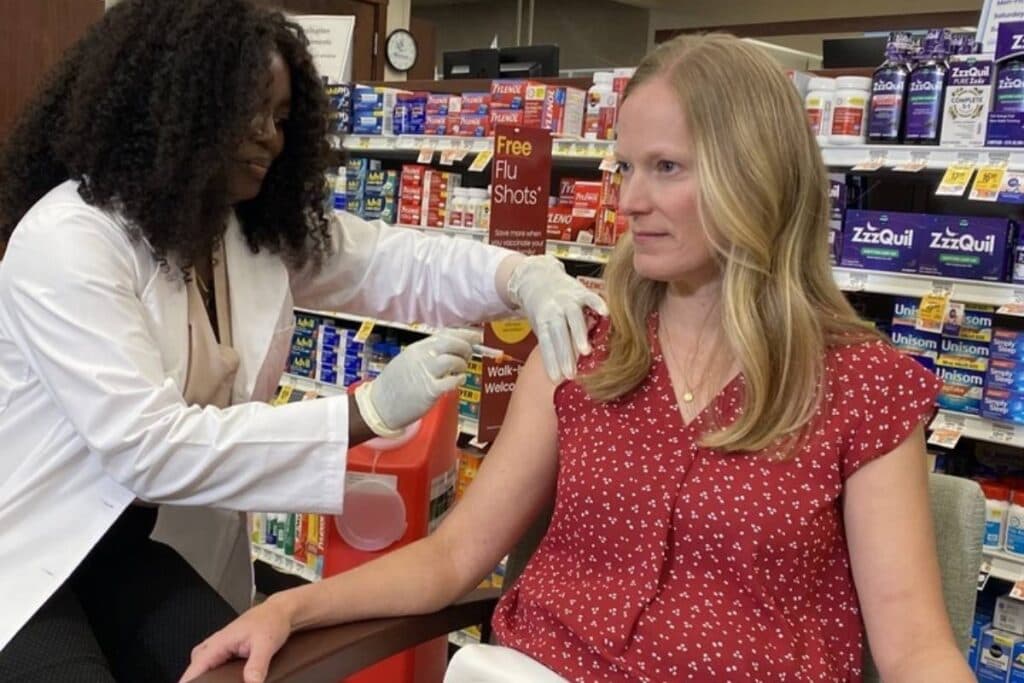
RSV can cause severe infection, especially in premature infants, older adults, people with heart and lung disease, or anyone with a weak immune system.
All three viral diseases can be fatal for children.
Colorado recorded four COVID-19 pediatric deaths since this time last year, three for influenza and three for RSV, according to the state dashboard.
Just a small fraction of Coloradans have been vaccinated so far this fall
Nearly four in five Coloradans got immunized with at least one dose of the COVID-19 vaccine by the end of 2023, according to data from the state’s vaccine data dashboard.
In the years after that, the numbers dropped considerably as many viewed the crisis as being more in the rearview mirror.
Last year, 17.4 percent of the population got a COVID shot, with 32.2 percent getting a flu shot, according to a state health department spokesperson.
So far this year, since early September, 7.5 percent of Coloradans have received a flu shot, while 3.6 percent have received a COVID-19 immunization, according to the state dashboard.
About 11 percent of those 65 and older and 5 percent of those 60-64 years old, demographic groups considered more at risk, have gotten a COVID-19 immunization so far this year.
Calonge said he expects the state will have an adequate supply of vaccines this fall.
“It's only really recently that the vaccines have started to be shipped for 2025. So those are coming in, medical offices are getting their supplies, pharmacies have them now. So we'll watch to see the uptake over time,” he said.
Illness from COVID-19 hit a recent peak in Colorado in August when hospitalizations topped 100 and the state was seeing high levels of COVID, both in tests coming back positive and wastewater data.
On Wednesday, the most recent data showed 27 people were hospitalized with COVID-19, 11 with flu, and two with RSV, all low numbers.
“All of our measures for COVID-19 right now are declining, so that's great to see,” said Herlihy. “We know that COVID-19 is unpredictable and we expect to see illness this winter. It's difficult to predict when that might occur. But we certainly want to be prepared and want Coloradans to be prepared.”
One thing the state is watching closely is to see if and when the federal Medicaid program approves funding for the Vaccines for Children program, which supplies immunizations for hundreds of thousands of Coloradans, about half the state’s kids.
Calonge said if Colorado were to end up paying for them, it would cost the state about $5.6 million, not a small amount, especially with the state facing a major budget shortfall next year.
“I believe we’ll work through this,” he said.
